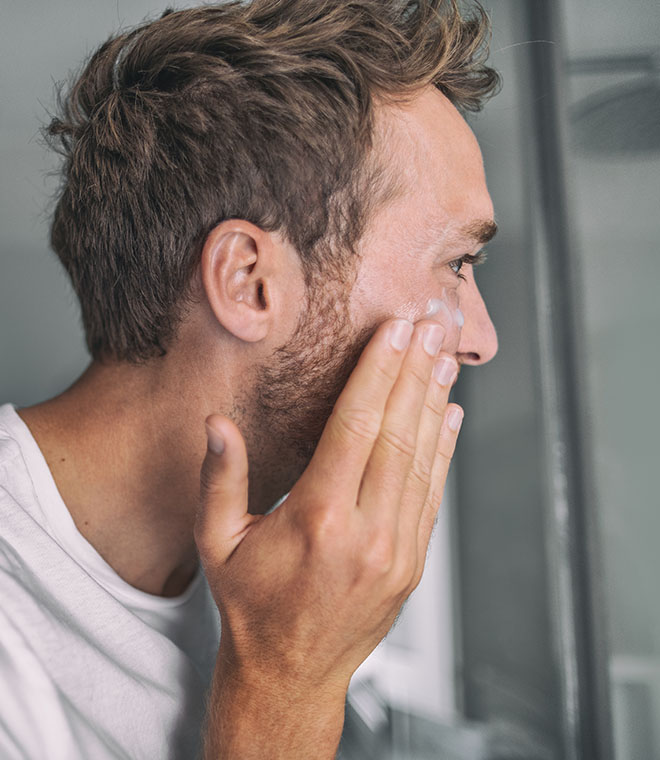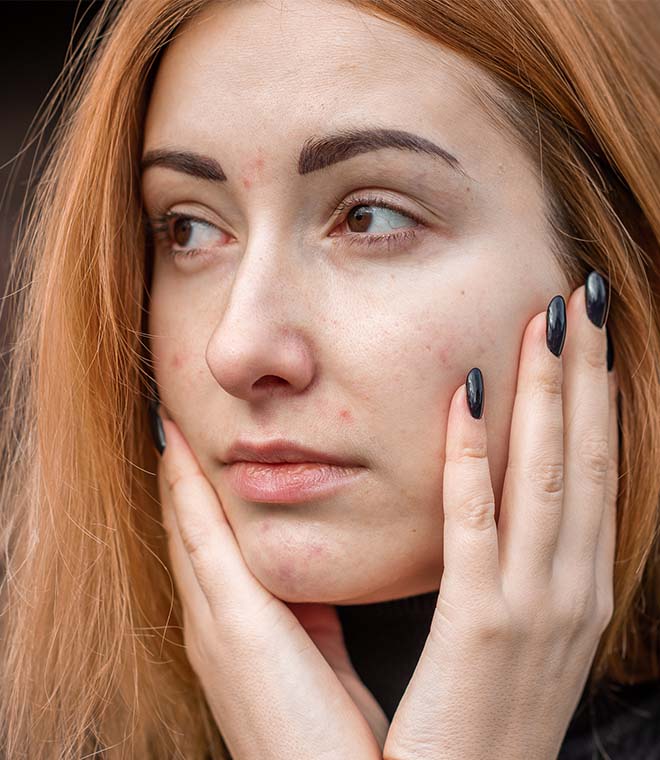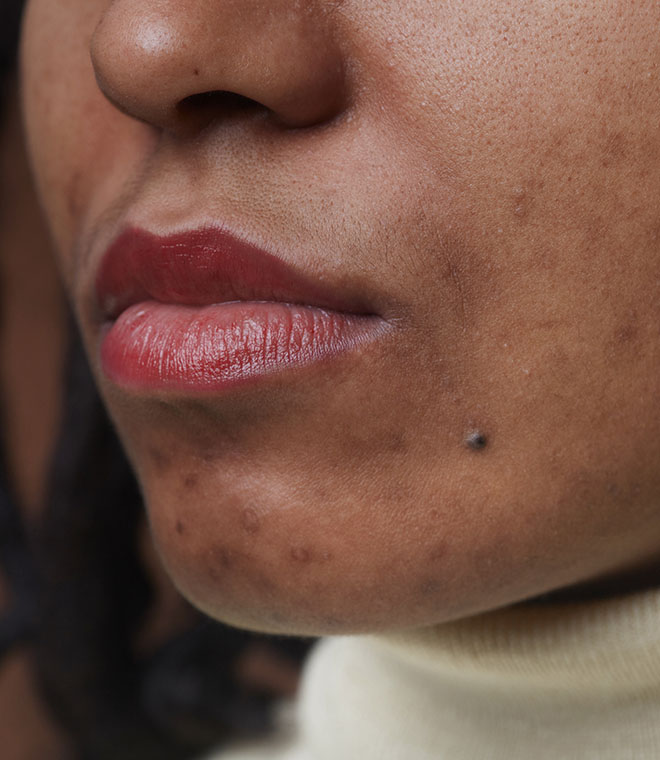Health
Complications of impetigo
By Anna H. Chacon, MD, FAAD Dec 06, 2021 • 2 min
Impetigo is a contagious bacterial infection of the skin that typically causes red and itchy sores that turn into honey-colored crusts.
This infection is most commonly seen in children ages 2–5. It is caused by bacteria called Staphylococcus aureus and less often, group A Streptococcus, which can cause many different infections. Impetigo can present as a primary infection or as a secondary infection of another skin problem or condition. Although rare, serious complications can occur as the result of an impetigo infection.
What are the complications of impetigo?
Complications of impetigo are rare but may include soft tissue infection and post-streptococcal glomerulonephritis.
Soft tissue infection
The bacteria that causes impetigo may also lead to other infections when bacteria enter a wound. These bacteria can also lead to inflammation of the lymphatic channels. In addition, bacteria reaching the bloodstream can cause further infections.
Post-streptococcal glomerulonephritis
Ten days to three weeks after an impetigo infection, a rare condition called post-streptococcal glomerulonephritis may occur. A type of kidney disease, this complication of impetigo is associated with antibodies that create an immune response and cause inflammation in the kidneys.
How to prevent complications of impetigo
To prevent complications, you should follow your treatment plan as prescribed by your healthcare provider, gently wash your skin several times a day and use antibacterial soap to remove crusts and drainage.
People who experience recurring infections of impetigo often carry other bacteria such as MRSA (methicillin-resistant Staphylococcus aureus). Daily treatment of the affected areas with mupirocin, a topical antibiotic, helps prevent infection in common sites like the nostrils, armpits, groin, chest and abdomen.
See your healthcare provider
Impetigo is an infection with rare but potentially serious complications that may require hospitalization. If you have signs of impetigo, see your healthcare provider. Treating impetigo at the first sign of symptoms can help reduce the spread of the infection and the risk of complications.
Published December 2021.
Sources:
1. https://www.cdc.gov/groupastrep/diseases-public/impetigo.html
3. https://pubmed.ncbi.nlm.nih.gov/22258953/
4. Bolognia J, Jorizzo JL, Schaffer JV. Dermatology, 4th edition. “Chapter 61: Bacterial diseases.” Pages 562-582.



